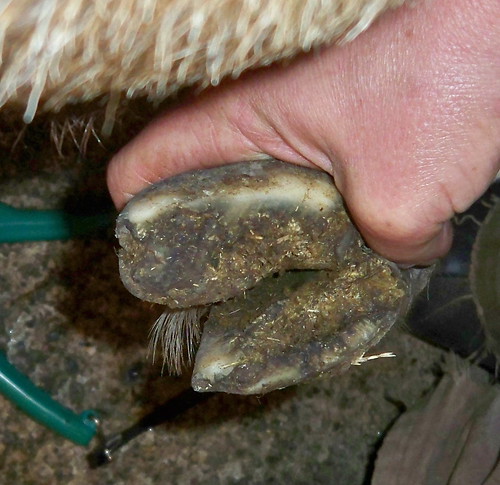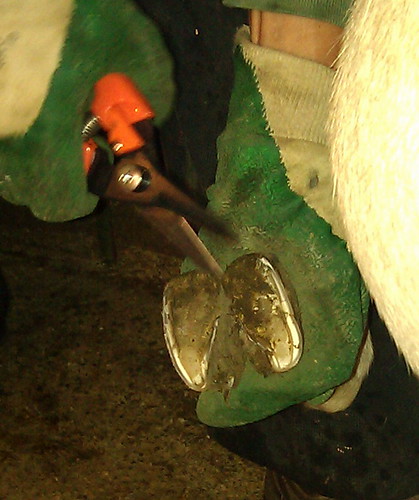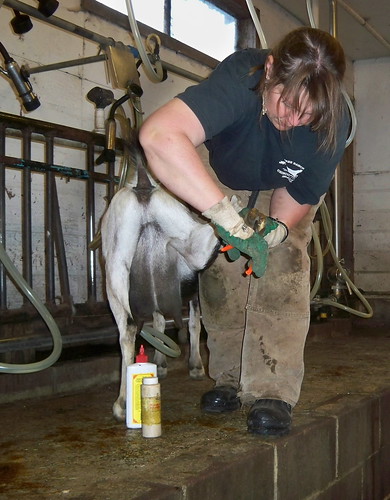Summer has never been my favorite season. I love spring and fall, with their sense of change and movement in the air. Migration season has started—a new wave of birds appears, passing through as they leave their northern breeding grounds, and I’m back on Hawk Hill every-other Saturday, counting raptors. The sky has new energy, the weather changes rapidly. This morning, I walked out of the yurt at 4am, greeted by moonlit clouds and a new wind that those hawks will be riding today. Tell me again, how do I get so lucky to live on such a beautiful earth? To see this sky, this moon; to feel this wind on my face, at this moment?
The coyote pups must be growing up; their packs howl in the moonlight, with more voices than I’ve ever heard here before. Whales have been feeding off Bodega Head; I go to watch them, reminding myself that I first have to believe the whales are there before their spouts will become visible to me.
Even my friends seem restless. All around me is change and more change. Some is obvious, some just a wispy prescience.
I’m tense with seemingly opposing impulses. Fix up the yurt for winter or not. Plant out the west side of my garden area or let it continue to be fallow. Express myself fully or stay silent for now. Sleep or wake. Eat or not. Walk the path or sit down in life. Find myself or lose my self? Among it all is a sense of waiting, of listening. I have thrashed for so long to find a purpose, to find a life’s work, to find something to give myself to. Am I getting any closer?

In particular, things are changing on the ranch. It’s not clear yet how it will all sort out.
We’ll be shutting down the milk line at the end of September, a month early. That’s partly due to the departure of our evening milker, and partly due to an increase in USDA fees. Did you know that the USDA charges dairies for inspection of the milk and the cheese plant? I was shocked to learn this; I thought it would be paid by our tax dollars. But essentially, the inspectors are employed by the farmers and ranchers they inspect. Those fees are going up, and they’re going up by the same amount regardless if you are a 16-goat operation or a 1600-goat operation. It becomes more and more clear how the economics of this business just don’t add up.
I can’t say what this means for me. It might mean the end of work I can do against my rent for a few months. But it might also mean the beginning of other permaculture work I can do on the ranch…we’re still sorting this out. There is a bigger question of how operations here will continue into the next year. And in this uncertainty, there is opportunity that depends on my own initiative. What do I want to do here?
Having coffee with a friend, I told her that lately I wonder if I should just give in and try to find a straight job with a steady paycheck and benefits (if such a thing even exists for me anymore). She gasped. “I think I’d just hang myself!” We laughed; she’s right, but in my indecision about my life, I’m the hanged man either way.
I’ve been searching for a purpose for so long. I spent most of my life thinking that the way to do that was to look at what seemed feasible, set a goal, and then plunge forth with it. Once I decided what that story was, I stuck with it, regardless of how my feelings changed, until I couldn’t stand it any longer. And every time I set out to “find” myself, I got hopelessly lost.
Life is moving in interesting ways around me. For now, I’m trying to sit with the uncertainty, trying to see the possibilities rather than the fears. To see the opportunities to work in service to something other than myself. And to listen. This attitude of surrendering to what happens is new for me. It takes practice.
Perhaps, like the whales, I have to relax into believing it will come. To sit down in my life and put one foot in front of the other. To wait, suspended for a while, and listen for what life wants of me, and to have faith that I will hear.




